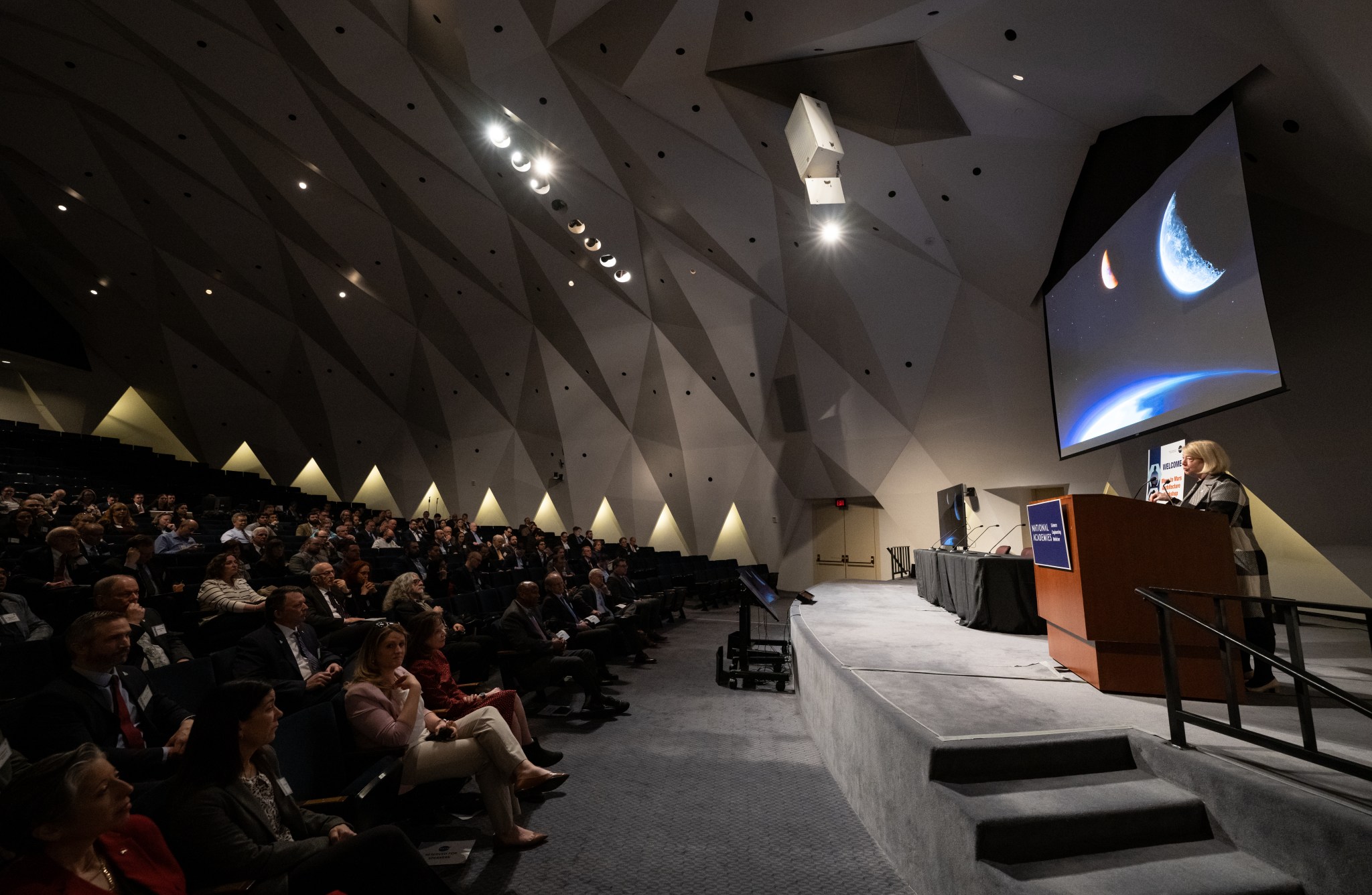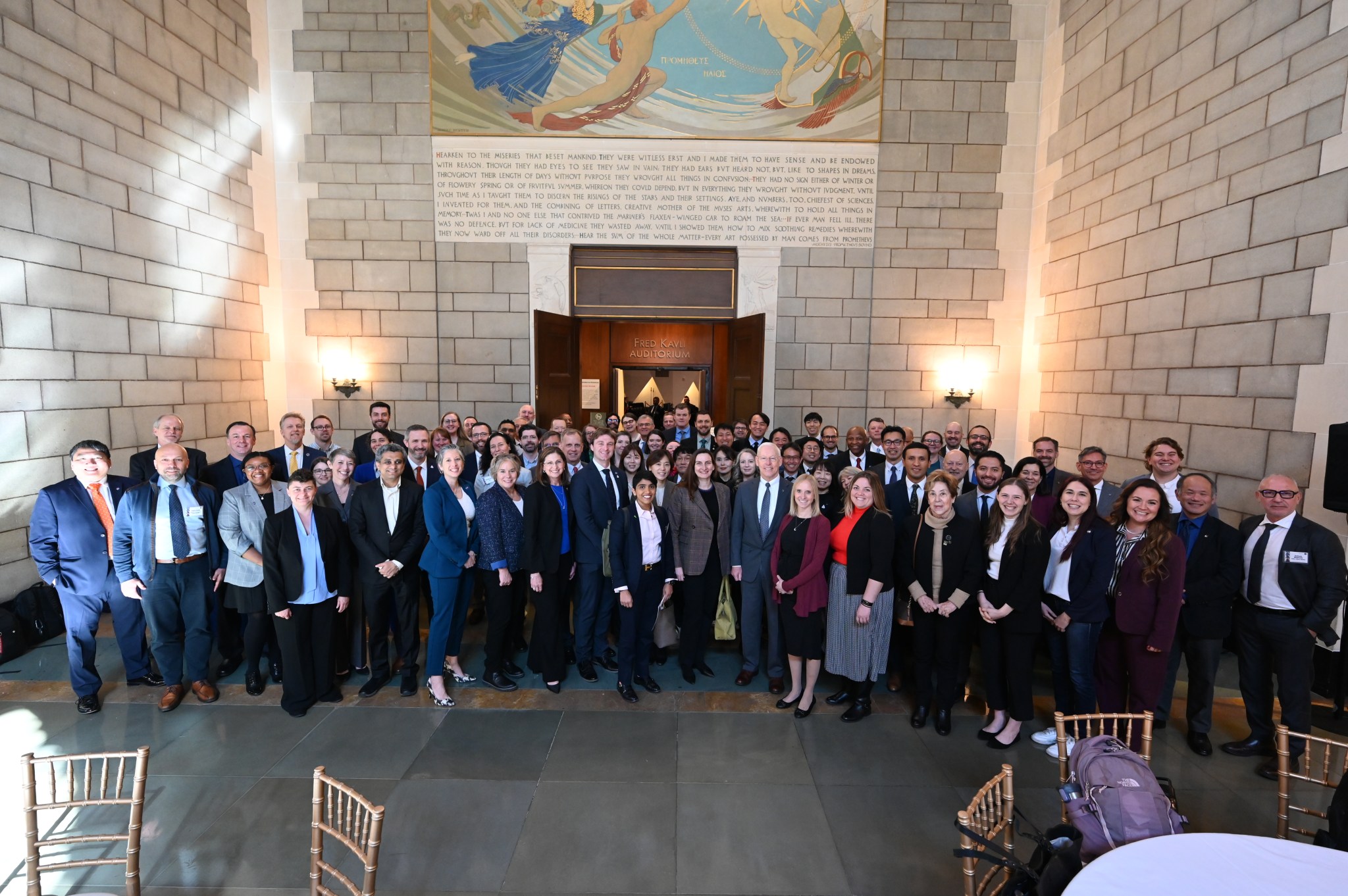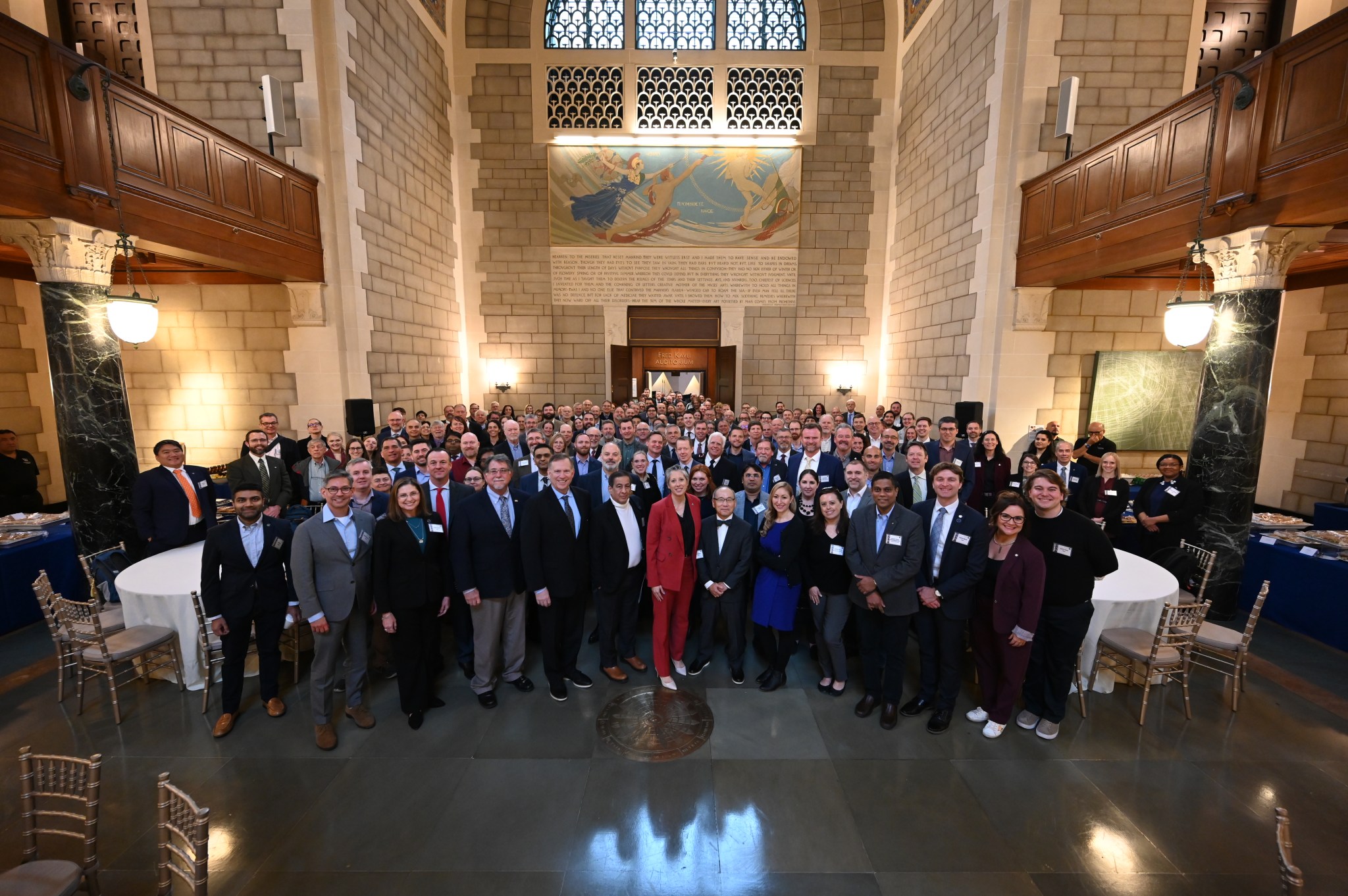
NASA held two workshops in mid-February to share the latest progress on the agency's Moon to Mars architecture and solicit feedback from industry, academia, and the international community. Representatives from 18 countries, 85 aerospace companies, and 25 academic institutions shared their perspectives on NASA's roadmap for long-term lunar exploration and humanity's journey to the Red Planet.

NASA's Moon to Mars architecture is derived from the agency's Moon to Mars Objectives, a set of overarching guideposts for exploration. NASA evolves and refines the architecture as part of its annual Architecture Concept Review process, which includes workshops to gather feedback on NASA's process and results, and produces a yearly Architecture Definition Document, which details the architecture and overall approach.
The 2023 Architecture Concept Review cycle resulted in a first revision of the Architecture Definition Document, 13 white papers on relevant topics, and studies critical to understanding NASA's needs and capability gaps. The agency also identified seven key decisions that will need to be made early in the process of developing a human Mars exploration architecture.
The latest workshops, hosted by the Space Studies Board of the National Academy of Sciences, encouraged the agency's partners from industry, academia, and around the world to provide feedback on these latest updates and discuss how they can contribute to the architecture. Through feedback sessions, attendees suggested areas for improvement and offered recommendations for future focus areas.

These opportunities to hear from the broader aerospace community also help NASA identify partnerships that can overcome capability gaps or enhance the fulfillment of the Moon to Mars Objectives.
Under NASA's Artemis campaign, the agency will establish the foundation for long-term scientific exploration at the Moon; land the first woman, first person of color, and its first international partner astronaut on the lunar surface; and prepare for human expeditions to Mars for the benefit of all.






